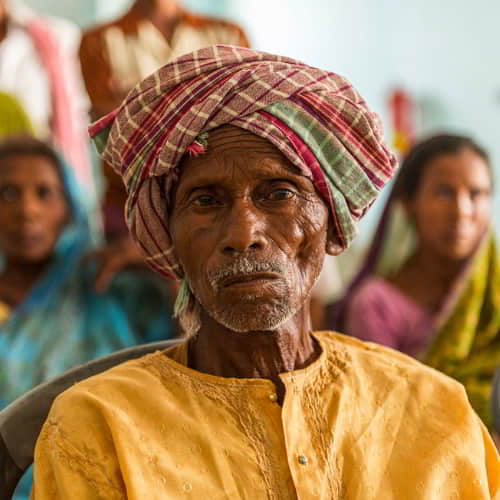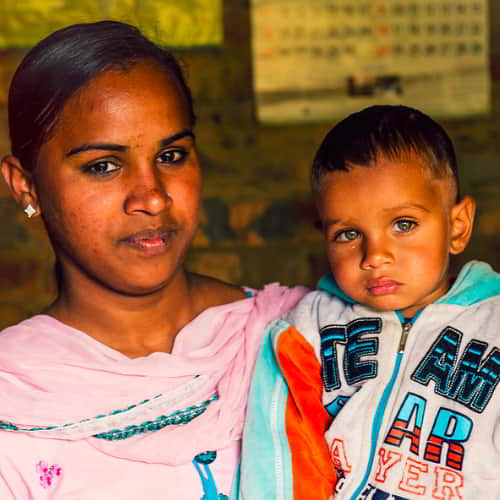Addressing Global Health Inequalities: The Interconnection of Economic Development and Access to Healthcare
Global health inequalities persist, with access to healthcare closely intertwined with economic development and wealth. Despite the guarantee of a right to healthcare in many laws, the reality is that it remains unavailable and unaffordable, particularly in remote or underdeveloped regions. This article examines the disparities in healthcare access, affordability, and health outcomes, shedding light on the urgent need for global action.
The Economist’s 2017 Global Access to Healthcare report emphasizes the crucial link between population health and economic development.[1] While a legal right to healthcare exists, many individuals, such as Ramila and Champalal, cannot afford even basic healthcare. This issue highlights the significant impact of economic factors on health outcomes. The report stresses that economic development and good population health are closely interconnected.
On a country-by-country basis, per capita health spending further highlights the stark differences in healthcare accessibility. Wealthier nations, such as Switzerland, Norway, and the U.S., allocate substantial resources to healthcare, with per capita spending reaching around $9,500. In contrast, countries like Pakistan face significant challenges, with per capita health spending as low as $36. India, ranked 145th out of 190 countries, allocates a modest $75 per capita for healthcare. These disparities in healthcare spending underline the substantial gaps in healthcare resources between nations.[2]
Variances in Life Expectancy
Life expectancy varies significantly across different regions, indicating the complex interplay between health and socioeconomic factors. Globally, life expectancy increased by over five years between 2000 and 2016, reaching an average of 72.[3] While this rise is encouraging, there remains a considerable gap between the top and bottom of the longevity league table. Japan boasts an average lifespan of almost 84 years, reflecting advanced healthcare systems and high living standards. In contrast, Sierra Leone struggles with an average life expectancy just past 50 years, a stark reminder of the challenges faced by many low-income countries. Several Asian nations, including India, Nepal, and Bangladesh, fall in between these extremes, with life expectancies ranging from 68 to 71 years.
The World Health Organization’s 2016 World Health Statistics provide critical insights into the global health landscape, offering a glimpse into the magnitude of health challenges faced by many populations. These statistics reveal the urgent need for targeted interventions and resource allocation to address key health issues:[4]
- Complications of pregnancy and childbirth result in the death of approximately 303,000 women annually, highlighting the need for improved maternal healthcare services.
- Tragically, 5.9 million children die before reaching their fifth birthday, emphasizing the importance of accessible and affordable pediatric care.
- Neglected tropical diseases affect a staggering 1.7 billion people, necessitating immediate treatment and preventive measures.
- Air pollution caused by cooking fuels leads to the deaths of 4.3 million individuals, highlighting the need for clean energy sources and improved environmental health.
- Outdoor pollution contributes to the premature death of 3 million people worldwide, underscoring the significance of sustainable development and pollution control measures.


Comments
Post a Comment